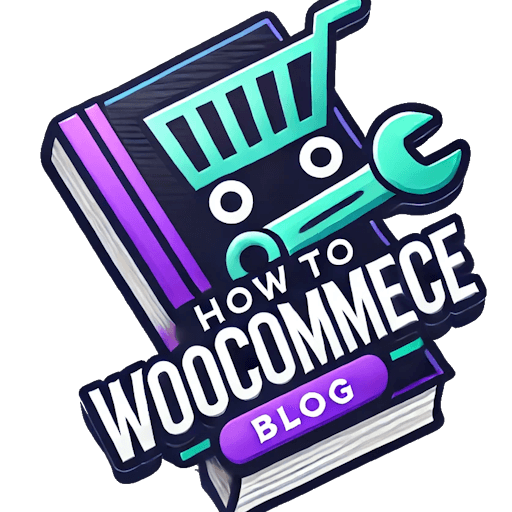# How to Add a “Add to Cart” Button in WooCommerce: A Beginner’s Guide
So, you’ve built your awesome WooCommerce store, filled it with amazing products, but… where’s the “Add to Cart” button? Don’t worry, it’s easier to add than you think! This guide will walk you through the process, even if you’re completely new to WooCommerce and coding.
Understanding the Basics: Where the Magic Happens
Before diving into the code, let’s understand the fundamental mechanics. WooCommerce uses shortcodes and templates to dynamically display product information, including the crucial “Add to Cart” button.
Think of it like this: your website is a house. WooCommerce is the furniture and appliances. The shortcodes are like instructions telling WooCommerce where to place the “Add to Cart” button, and the templates define the look and feel of that button.
Most of the time, you won’t need to touch the templates directly. WooCommerce usually handles this automatically. But knowing this helps you understand where to look if things go wrong.
Method 1: The Easy Way (For Most Users)
The simplest method involves using WooCommerce’s built-in functionality. In almost all cases, the “Add to Cart” button appears automatically once you’ve correctly added a product in your WooCommerce dashboard.
- Step 1: Ensure your product is published. An unpublished product won’t show on your store’s frontend.
- Step 2: Check your product page template. If you’ve customized your theme significantly, you might have inadvertently removed the button. Reverting to the default WooCommerce template (if possible) is a quick troubleshooting step.
- Step 3: Deactivate any conflicting plugins. Sometimes, plugins can interfere with WooCommerce’s core functionality. Try deactivating plugins one by one to see if that resolves the issue.
If the button still doesn’t appear after these steps, let’s move on to slightly more advanced methods.
Method 2: Using the `` Shortcode
This method is useful for displaying the “Add to Cart” button in specific locations, outside of the standard product page. For instance, you might want it on a category page or within a custom widget.
The shortcode is incredibly simple: ``
Replace `”PRODUCT_ID”` with the actual ID of the product you want the button for. You can find the product ID in your WooCommerce product edit page (usually at the top of the page in the URL or product details).
Example: If your product ID is 123, the shortcode would be: ``
Simply paste this shortcode where you want the button to appear. This could be within a page, a post, or a widget area, depending on your theme’s setup.
Method 3: Customizing the Button (For Developers)
This method requires some PHP coding and understanding of WooCommerce templates. Only proceed if you’re comfortable with coding. Incorrectly modifying templates can break your website.
This example shows how to modify the button’s text within the `single-product.php` template (the file responsible for individual product pages):
<?php /**
This code snippet replaces the default “Add to Cart” text with “Buy Now!”. Remember to replace `’your-text-domain’` with your theme’s text domain. This is a very basic example. You can add custom CSS to modify button styling as well. Always back up your files before making any changes.
Troubleshooting
- Check for errors: Look at your browser’s developer console (usually accessed by pressing F12) for JavaScript or PHP errors. These can often point to the source of the problem.
- Theme conflicts: Switching to a default WooCommerce theme temporarily can help isolate whether a theme conflict is the cause.
- Plugin conflicts: Deactivate plugins one by one to identify any that might be interfering.
- Caching: Clear your browser’s cache and your website’s cache (if applicable).
By following these methods and troubleshooting steps, you should be able to successfully add and customize your WooCommerce “Add to Cart” button. Remember to always back up your website before making significant changes!

